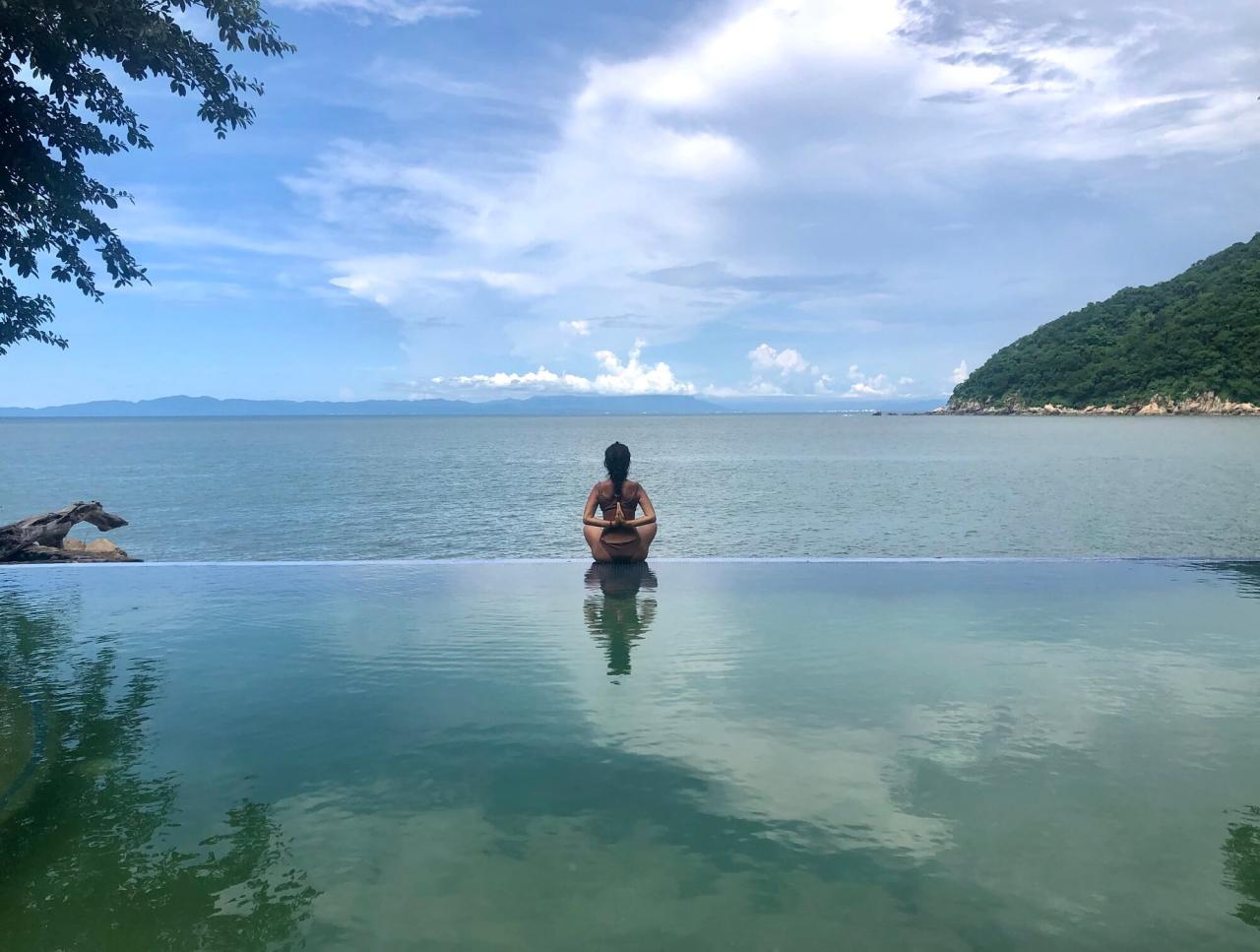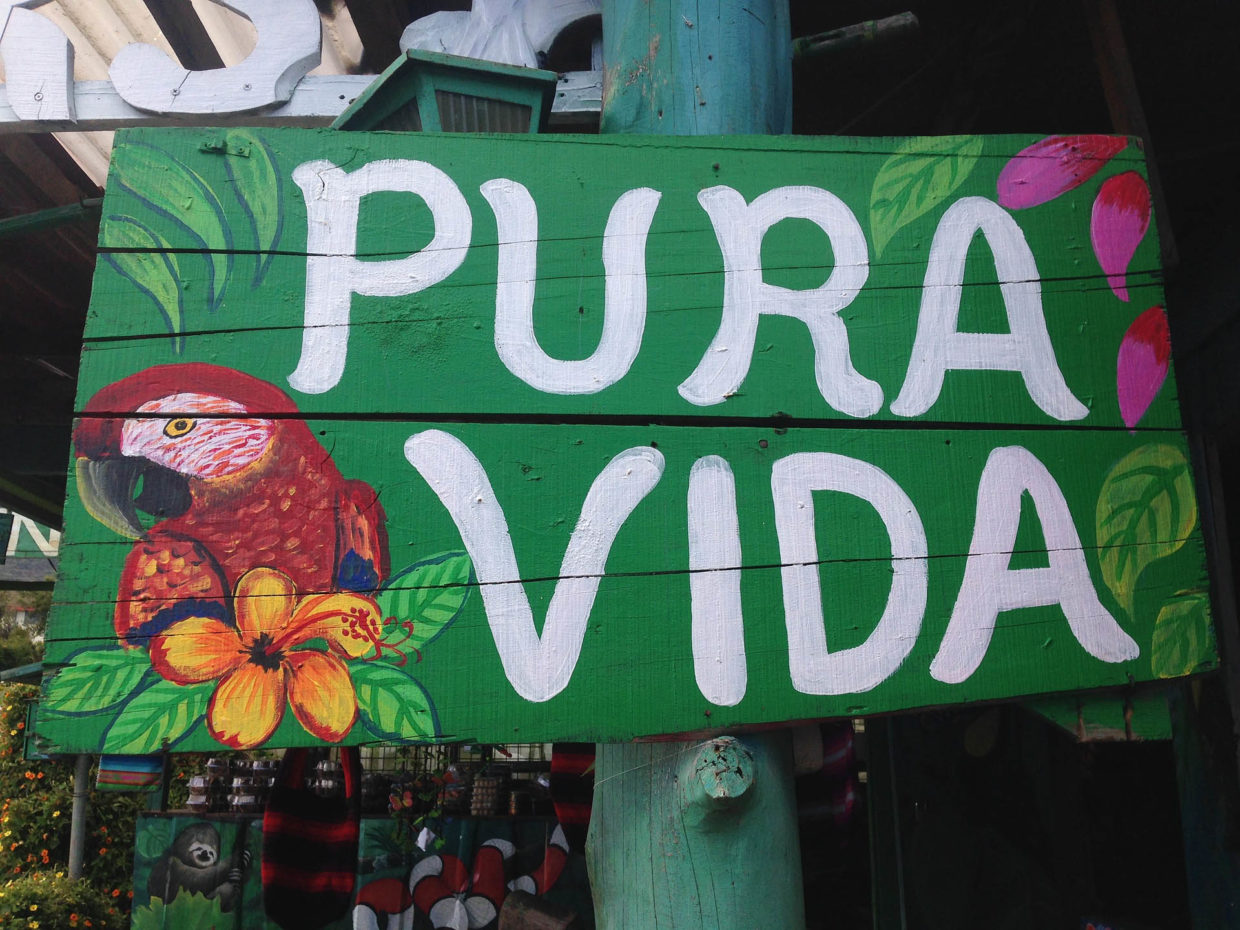Pura Vida Ecotourism: Principles and Practices

Pura vida eco tourism – Pura vida ecotourism, rooted in the concept of “pure life,” embraces a harmonious coexistence between tourism and the environment. This approach emphasizes sustainability, community involvement, and cultural preservation.
-*Principles of Pura Vida Ecotourism
-
-*Minimal Environmental Impact
Prioritizing practices that minimize ecological disruption, such as using biodegradable materials, reducing waste, and promoting energy efficiency.
-*Respect for Local Culture
Engaging with communities in a respectful and inclusive manner, valuing their traditions, knowledge, and customs.
-*Economic Sustainability
Generating revenue for local communities while ensuring fair compensation and supporting local businesses.
-*Conservation and Education
Promoting environmental conservation through education, raising awareness about the importance of protecting natural resources.
Sustainable Practices
Examples of Sustainable Practices:
-
-*Responsible Wildlife Viewing
Establishing guidelines to minimize disturbance to wildlife, such as maintaining a safe distance and avoiding feeding animals.
-*Waste Reduction and Recycling
Implementing waste management systems to reduce plastic consumption, recycle materials, and compost organic waste.
-*Renewable Energy Sources
Utilizing solar panels, wind turbines, and other renewable energy sources to minimize carbon emissions.
Immerse yourself in the transformative power of Pura Vida eco tourism, where nature’s sanctuary unfolds. This responsible travel approach, as defined in eco tourism mean , invites us to tread lightly, preserving the pristine beauty that surrounds us. Pura Vida’s commitment to sustainability ensures that generations to come will experience the same awe-inspiring landscapes that we cherish today.
-*Community Involvement
Employing local guides, partnering with community organizations, and sharing tourism revenue with local businesses.
Benefits of Pura Vida Principles
Benefits of Adopting Pura Vida Principles:
-
-*Environmental Protection
Pura Vida Eco Tourism is the epitome of responsible travel, allowing you to immerse yourself in the beauty of nature while leaving a positive impact. Through ecotourism in various destinations, Pura Vida promotes sustainable practices that preserve the environment and support local communities.
Embrace the Pura Vida philosophy and discover the transformative power of ecotourism.
Preserving natural ecosystems and biodiversity for future generations.
-*Cultural Enrichment
Fostering intercultural exchange and promoting understanding of local cultures.
-*Economic Empowerment
Creating sustainable income opportunities for local communities.
-*Personal Fulfillment
Offering travelers meaningful and transformative experiences that connect them with nature and local cultures.
Case Studies of Pura Vida Ecotourism Destinations: Pura Vida Eco Tourism

Across the globe, ecotourism destinations that embody the principles of pura vida are flourishing, offering transformative experiences for travelers and empowering local communities.
These destinations showcase the harmonious coexistence between tourism and environmental conservation, demonstrating the positive impact that pura vida ecotourism can have on both natural ecosystems and human societies.
Monteverde Cloud Forest, Costa Rica, Pura vida eco tourism
- Nestled in the lush highlands of Costa Rica, Monteverde Cloud Forest is a biodiversity hotspot renowned for its pristine cloud forests, abundant wildlife, and sustainable tourism practices.
- Visitors can immerse themselves in the breathtaking beauty of the forest, spot exotic birds, monkeys, and reptiles, and engage in guided hikes and canopy tours.
- Local communities have actively participated in conservation efforts, establishing cooperatives and lodges that generate income while protecting the forest.
Galápagos Islands, Ecuador
- Declared a UNESCO World Heritage Site, the Galápagos Islands are an archipelago teeming with unique and endangered species, including giant tortoises, marine iguanas, and sea lions.
- Ecotourism plays a vital role in preserving the islands’ delicate ecosystem, with strict regulations and visitor management practices in place.
- Local communities benefit from tourism revenue, supporting conservation initiatives and fostering a sense of pride in their natural heritage.
Tortuguero National Park, Costa Rica
- Tortuguero National Park is a coastal sanctuary known for its pristine beaches, abundant wildlife, and the largest nesting site for green sea turtles in the Western Hemisphere.
- Ecotourism supports local communities by providing income through guided tours, boat excursions, and sustainable lodges.
- Conservation efforts have focused on protecting nesting turtles, monitoring wildlife, and educating visitors about the importance of marine ecosystems.
Design and Implementation of Pura Vida Ecotourism Experiences

Immerse yourself in the transformative power of pura vida ecotourism, where authenticity, sustainability, and community engagement intertwine. Designing and implementing pura vida experiences requires a thoughtful approach that respects the environment, embraces local culture, and fosters meaningful connections.
Step-by-Step Guide for Pura Vida Ecotourism Experiences
- Define the Pura Vida Ethos:Establish a clear vision and mission that aligns with the principles of pura vida, emphasizing respect for nature, cultural preservation, and community empowerment.
- Conduct a Site Assessment:Evaluate the natural and cultural assets of the destination, identifying potential tourism activities and their potential impact on the environment and local communities.
- Engage Local Communities:Involve local stakeholders throughout the planning and implementation process, ensuring their perspectives and concerns are considered and respected.
- Design Sustainable Activities:Plan activities that minimize environmental impact and promote cultural preservation, such as guided nature walks, birdwatching, and traditional craft workshops.
- Implement Education and Awareness:Educate visitors about the importance of responsible tourism, local culture, and environmental conservation through interactive exhibits, guided tours, and community engagement programs.
- Monitor and Evaluate:Continuously monitor the impact of tourism activities on the environment and local communities, making adjustments as needed to ensure sustainability and community well-being.
Best Practices for Engaging Local Communities
- Build Partnerships:Establish formal and informal partnerships with local organizations, businesses, and community leaders to foster collaboration and shared benefits.
- Share Decision-Making:Empower local communities to participate in decision-making processes related to tourism development, ensuring their voices are heard and their concerns are addressed.
- Create Economic Opportunities:Develop tourism activities that create employment opportunities for local residents and support local businesses, fostering economic empowerment and community development.
- Promote Cultural Exchange:Facilitate opportunities for visitors to interact with local people, learn about their culture, and appreciate their traditions, fostering cross-cultural understanding and respect.
Tips for Minimizing Environmental Impact
- Use Sustainable Practices:Implement eco-friendly practices in all aspects of tourism operations, such as using renewable energy, reducing waste, and conserving water.
- Protect Natural Habitats:Design activities that minimize disturbance to wildlife and sensitive ecosystems, and promote restoration efforts to preserve biodiversity.
- Promote Responsible Tourism:Educate visitors on responsible tourism practices, such as staying on designated trails, respecting wildlife, and minimizing their environmental footprint.
- Offset Carbon Emissions:Calculate and offset the carbon emissions associated with tourism activities, supporting projects that reduce greenhouse gas emissions and mitigate climate change.
Embracing the principles of pura vida ecotourism, we can create transformative experiences that foster a deep appreciation for the natural and cultural wonders of our world while empowering local communities and preserving our planet for future generations.